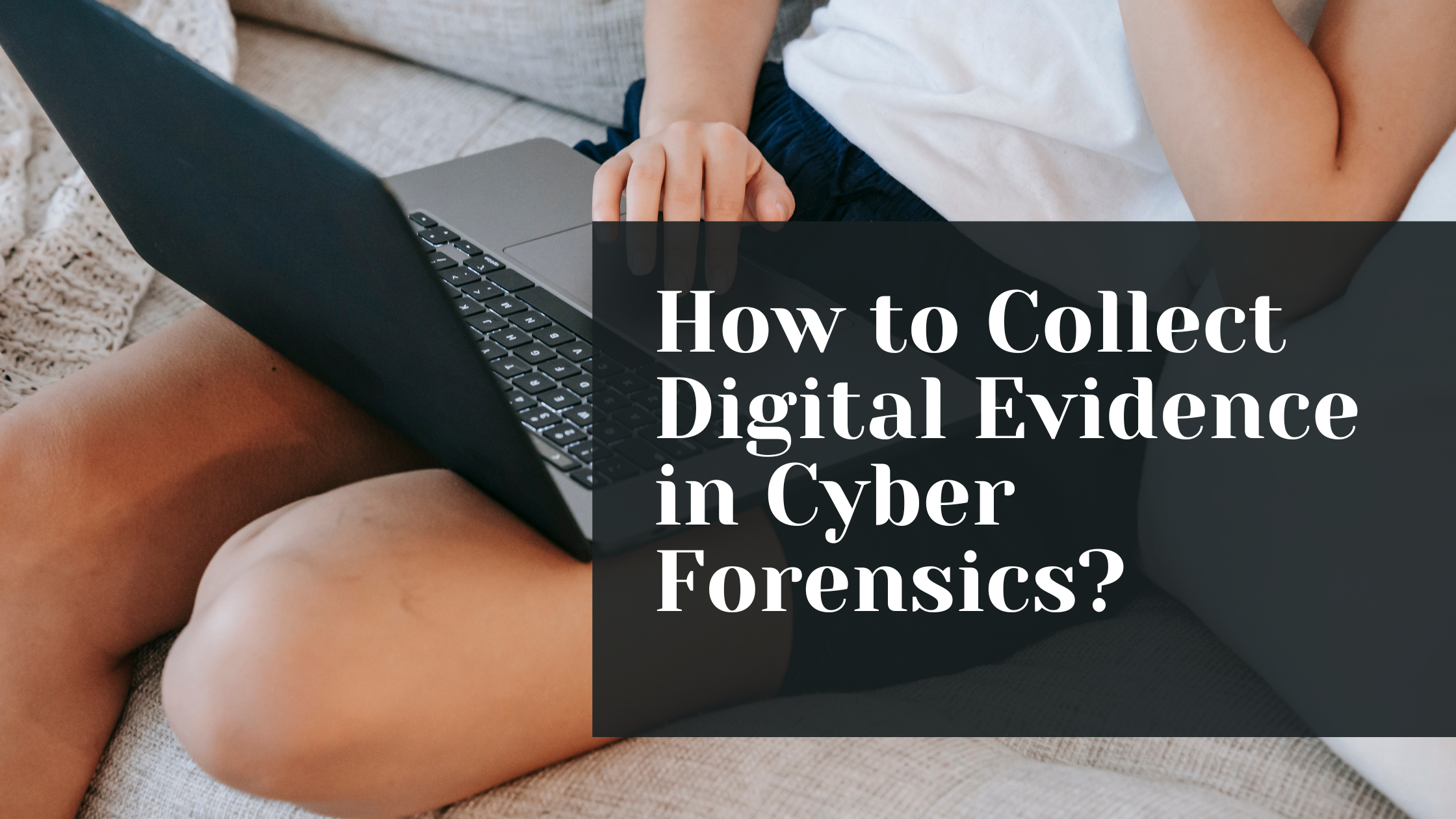Cyber Forensic Investigation Process, Tools, & Techniques
2
0
·
2025/08/19
·
4 mins read
☕
WriterShelf™ is a unique multiple pen name blogging and forum platform. Protect relationships and your privacy. Take your writing in new directions. ** Join WriterShelf**
WriterShelf™ is an open writing platform. The views, information and opinions in this article are those of the author.
Article info
Categories:
⟩
⟩
Tags:
Total: 877 words
Like
or Dislike
More from this author
More to explore










The legitimate way for cyber forensic investigation process is the primary pillar of cybersecurity, as it helps in finding the critical evidence that is required to give unbiased opinions to solve the crime or dispute.
Thus, in today’s era, digital investigation or cyber forensics is a very important field to deal with multiple types of email threats that lead to cybercrimes. All the digital forensic investigation techniques are practiced so specifically that they ensure justice is served.
The most prominent industries that often follow the cyber forensic investigation process or rely on it are usually law enforcement. They basically retrieve the data from digital sources, analyze it to conclude, and represent it as evidence.
Therefore, there are multiple steps in the cyber forensics investigation process that help in tracing lawless activities, recovering lost data, and so on, with the use of specialized tools and techniques.
In total, these ways of investigation give a deep knowledge of digital crimes. Hence, before learning the cyber forensic investigation process, let’s first start from scratch.
Introduction to Cyber Forensics
So, the cyber forensics investigation process is a vital pillar of forensic science that targets to find, acquire, analyze, and report all the electronic evidence related to the case. These digital forensic investigation techniques are an important discipline to be followed for corporate security, criminal investigations, and cybersecurity. Thus, the entire digital forensics investigation is done very professionally, in which the cybercrime investigator safely collects the data and analyzes it.
In this, the forensic investigator tries to connect the events’ sequences to understand the scene and collect as much evidence as they can. The sources of evidence in cyber forensics investigation include hard drives, pen drives, phones, laptops, floppy disks, tablets, etc. The most crucial trait of digital forensics investigation is that it maintains the data authenticity and integrity to avoid alteration and access of the evidence to any external body.
Need For Cyber Forensic Investigation Process of Emails
What is the Cyber Forensic Investigation Process?
There are six crucial steps under the digital forensic investigation techniques. Have a quick read at them one by one.
Best Digital Forensic Investigation Techniques
Some of the most prominent and often used cyber forensic investigation techniques are as follows:
Conclusion
Overall, the cyber forensic investigation process is the same for everyone, but their purposes vary depending on the needs of the situation. Thus, digital forensics plays a vital role in reading the digital footprints and finding the evidence seamlessly. With the advanced digital growth, this field is also boosting very rapidly and increasing the need for cybersecurity and investigation in almost all fields.